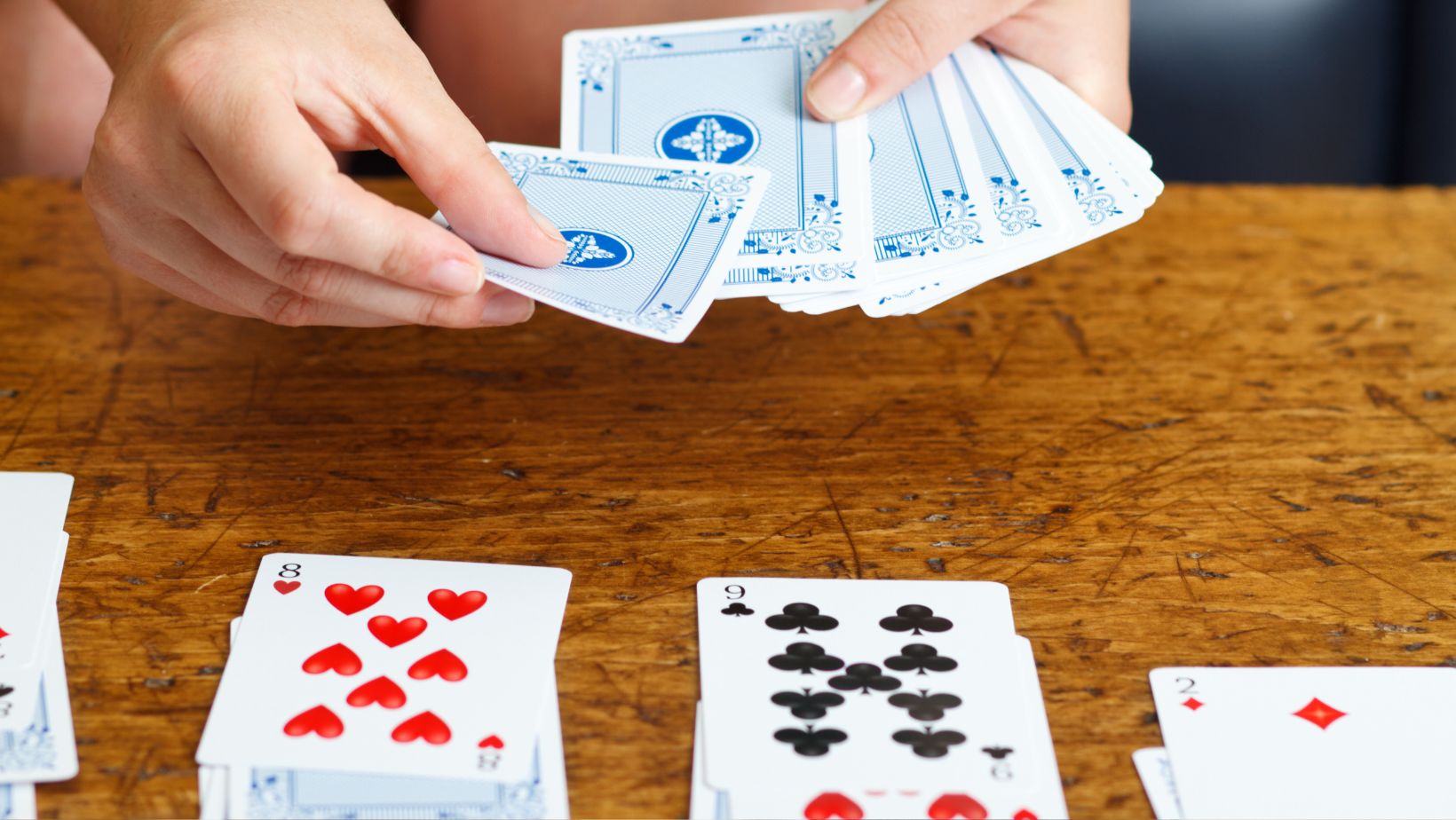Playing solitaire isn’t just a way to pass the time; it’s an exercise in patience, strategy, and foresight. Whether you’re a beginner or someone who’s been shuffling cards for years, there’s always room to refine your technique and become a better player. Here’s your comprehensive guide to mastering the art of solitaire.
Understand the Basics
Before diving into complex strategies, ensure you have a solid grasp of the game’s rules. Solitaire, primarily the Klondike variant, involves stacking cards in descending order and alternating colors. The ultimate goal is to move all the cards to foundation piles, which are built in ascending order, starting with aces.
Setting Up Your Game
- Shuffle the Deck – A thorough shuffle promotes a random distribution of cards, which is essential for a fair game.
- Layout – Cards are laid out in seven columns, with the first card face up and the rest face down. Each subsequent column receives one more card than the last.
- The Stock and Talon – Remaining cards form the stock, and when gameplay stalls, these cards are drawn to form the talon.
Strategy Tips to Enhance Your Game
Keep the Bigger Picture in Mind
When making moves, don’t just think about immediate gratification. Consider how each move will affect your future options. Always aim to uncover face-down cards to expand your choices.
Manage Your Stock and Talon Wisely
Drawing from the stock opens new possibilities. If you can choose between drawing a card or making an obvious move, think about which option might reveal more hidden cards.
Practical Techniques
· Prioritize King Spaces – Empty tableau columns are more than just empty spaces; they’re opportunities. Only kings can be placed in empty tableau slots, so plan to free up kings and keep these spots open for strategic plays.
· Transfer Stacks Intelligently – You can move multiple cards between columns if they’re arranged in a descending sequence of alternating colors. Always think about how moving a sequence can help you turn over more hidden cards.
Common Mistakes to Avoid
· Avoiding Shortcuts – Sometimes, moving a card immediately upon seeing a spot might not be the best strategy. Analyze the board to ensure every move counts toward uncovering more cards or building your foundations.
· Misusing the Undo Function – If playing digitally, the undo button can be tempting. Use it wisely to learn from past moves instead of just fixing errors without understanding your missteps.
Tips to Stay Sharp and Improve
Practice Makes Perfect
The more you play, the better you’ll become. Each game is different, which keeps your problem-solving skills sharp. Over time, you’ll start noticing patterns and strategies that work best for you.
Learn from Each Game
Take a moment post-game to reflect on your moves. Which strategies worked? What could you have done differently? Learning from each game is crucial for improvement.
Engaging with Other Players
● Join Online Forums – Engage with other solitaire enthusiasts to share tips and tricks. Platforms like Reddit and dedicated card game forums are great places to start.
● Watch and Learn – YouTube and other video platforms have numerous tutorials and gameplays showing different techniques and styles of playing.
The Role of Luck
While strategyis vital, solitaire is also a game of luck. The initial shuffle can greatly influence your chances of winning. Acknowledging the role of luck can make the game more enjoyable and less frustrating.
Embracing Technology to Enhance Your Solitaire Skills
Explore Different Solitaire Variants
While Klondike is the most familiar, solitaire comes in various forms, such as Spider, FreeCell, and Pyramid. Each variant challenges you in unique ways, helping you develop different aspects of your strategic thinking.
Utilize Interactive Tutorials and Apps
Several high-quality apps not only allow you to play unlimited games but also provide interactive tutorials and hints. These can be especially useful for visual learners who benefit from seeing strategic moves in action.

Apps like “Solitaire: Daily Challenges” offer daily games that encourage you to solve new puzzles and improve your skills steadily.
Track Your Progress
Many digital platforms include tracking features that analyze your win rates, fastest games, and even your decision-making patterns. This feedback is invaluable as it provides insight into your playing style, highlighting strengths and areas for improvement.
Participate in Online Challenges and Leaderboards
If you thrive on competition, engaging in online challenges can be highly motivating. Many websites and apps feature leaderboards and challenge modes where you can compete against other players for top scores. These competitions can push you to think more creatively and strategically, speeding up your learning curve.
In Conclusion
So shuffle up and deal; your next game could be your best yet!
















